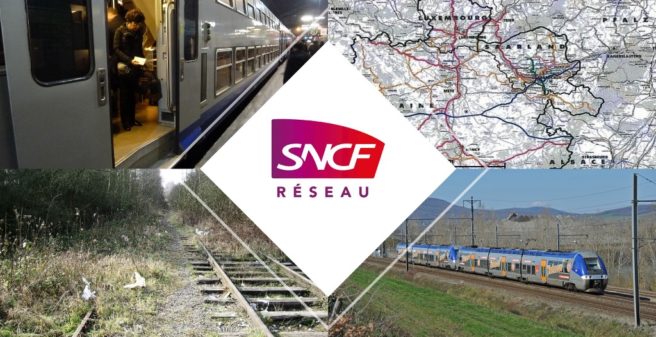
A great plan
At the beginning of September, French Prime Minister Jean Castex presented details of the ecological transition, which will be boosted by €37 billion, as part of the plan to revitalise the economy. One of its three main chapters concerns transport. According to Mr Castex, the government’s objectives are to provide an attractive and efficient alternative to road transport for people and goods and to reduce carbon dioxide emissions and pollution from transport. The plan comprises several sub-sectors. The offer of train connections is to be improved. Efforts will focus on developing the densely used rail networks, in particular the rail hubs around the major cities, in order to increase the number of trains available. Night trains, which were abolished at the beginning of the millennium, although they were very popular despite their outdated rolling stock, will be reintroduced. It remains to be seen whether the announced, rather anecdotic revival of night trains Paris-Nice and Paris-Tarbes in 2022, in addition to the existing Paris-Cerbère and Paris-Briançon trains, will be the only result. Freight traffic, which has been declining for decades, will be strongly encouraged and new links will be created, particularly in combined transport, for example a freight line using existing infrastructure from the Paris area to Perpignan, bypassing the congested Lyon node. Goods trains carry 10 % of all freight traffic, far less than in Switzerland, Germany or Austria. Some €4.7 billion will be allocated to this support to the railway sector. To this must be added the loss of revenue suffered by the national railway company SNCF as a result of the Corona crisis, currently estimated at 4 billion.
Picture gallery (please click to open):
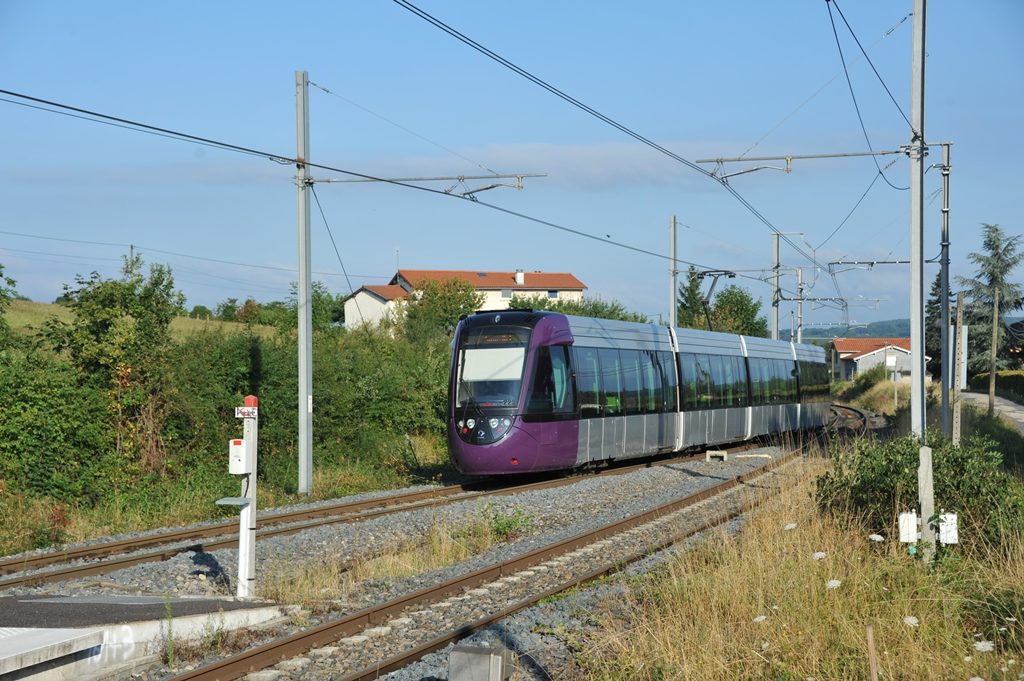
Is this the regioanl transport of the future? SNCF Tram-Train in Fleurieux sur l’Arbresle Gare in Greater Lyon I © Thierry Leleu 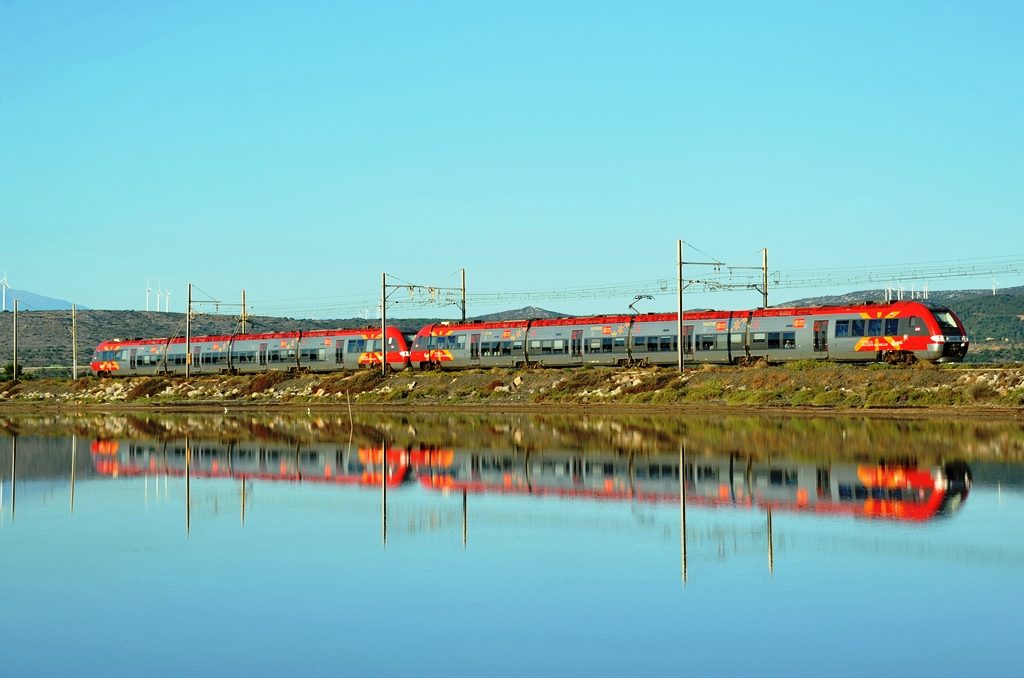
Regional transport in the Languedoc-Roussillon region of La Franqui: a double traction of two AGC EMU’s I © Thierry Leleu 
Several major cities, including Toulouse, shall receive RER systems. Two AGC trains between Pau and Toulouse near Cazéres I © Thierry Leleu 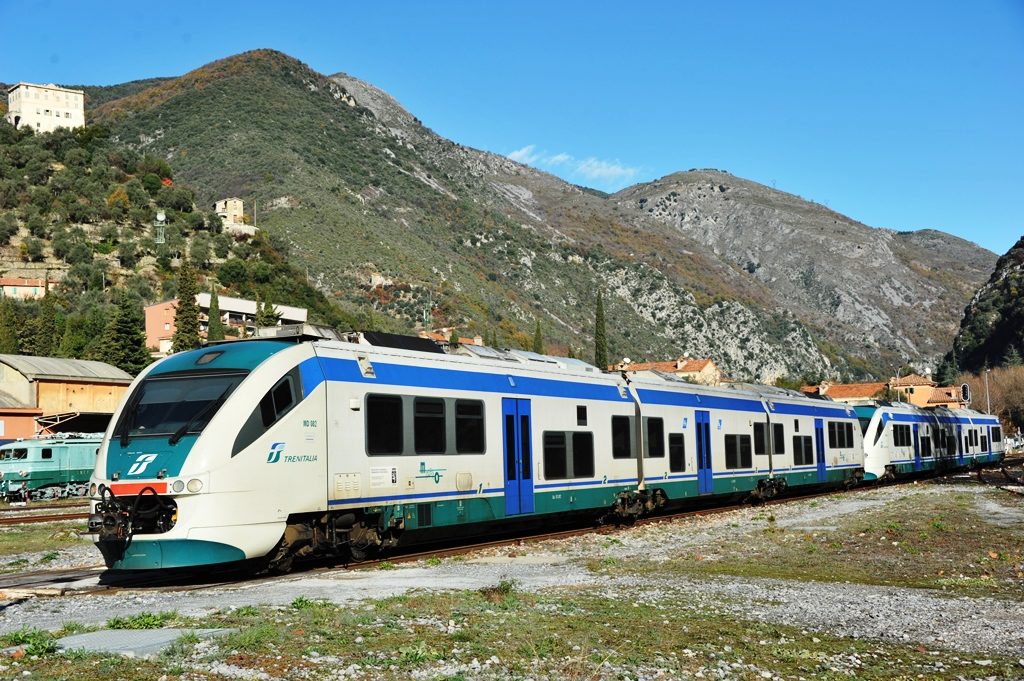
Border crossing between France and Italy at Breil sur Roya with two Minuetto railcars on the TER line Cuneo – Tende – Breil – Vintimille I © Thierry Leleu
Urban, commuter and regional transport
Urban and suburban transport, with trams and bus lanes, but also the Paris commuter railway (RER) and urban transport in the provinces and overseas territories will be upgraded. This also includes a politically sensitive issue for many politicians, namely the future of the 9100 kilometres of secondary lines that were condemned to death in 2018 by the Spinetta report. This report says it is “unthinkable to spend almost €2 billion on just 2 % of passengers”. However, the movement of the “yellow vests” has changed the situation, and neglected parts of the country in particular should receive better public transport services. Including the resources of local authorities, this would provide a total investment of almost €5 billion in urban and suburban transport and create 55 000 new jobs.
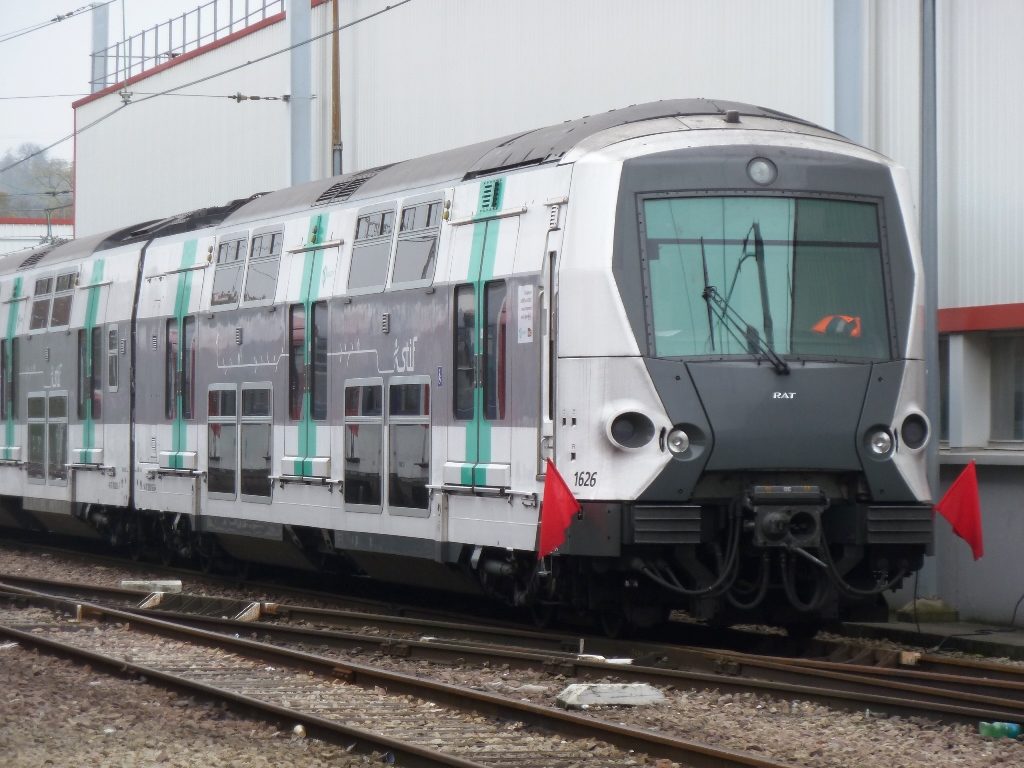
SNCF fights for more commuter railways
SNCF Réseau, the national infrastructure manager, is now taking a giant step forward and on 9 October presented a report to the Minister of Transport on the development of commuter rail networks, such as those currently operating in Paris under the name of “RER” and, for a year now, across borders in the Geneva area under the name of “Léman Express”. The Government intends to build on this report and develop urban railway networks in several French cities within ten years. SNCF has drawn up an initial set of specifications and the local authorities are now being asked to define their priorities so that a financial framework and funding can also be worked out. In its “master plan”, SNCF defines what these “Services Express Metropolitains” (SEM) should look like. The idea is not a new one. As early as May 2019, the Ministry of Transport commissioned the French railways with this task, and the Mobility Orientation Act (LOM) advocates “the implementation of SEM projects in the conurbation”. The document does not yet have any binding effect at present but must be seen as a basis for discussion to develop solutions adapted to local conditions.
According to SNCF, the government’s ambitious goal is to double the modal split of rail transport around major urban centres within ten years by creating more attractive rail services. For SNCF, the future SEMs should offer an attractive quality service similar to that of urban transport, with frequent trains throughout the day – every half hour or even every quarter of an hour at rush hour -, with stations and stops tailored as much as possible to local needs, with good connections to other modes of transport, and also with through ticketing. For example, train services that currently end at a central station could be linked to become cross-city lines, for example from Libourne via Bordeaux to Arcachon. In other cities, such as Toulouse, Strasbourg, Rennes or Lyon, local authorities and associations have been working for several years to develop rail systems designed for suburban transport. “Metropolises with high potential are the ones with the greatest challenges in terms of population and demographic growth, job creation dynamics and commuter flows”, writes the public company, citing Aix-Marseille, Bordeaux, Grenoble, Lille, Lyon, Nantes, Nice-Cote d’Azur, Rennes, Strasbourg and Toulouse. Bordeaux, Strasbourg, Marseille, Nice and Grenoble are said to have already developed concrete projects. Dijon, Montpellier, Rouen, Toulon and Tours should also be considered, as well as other metropolitan areas such as Angers, Le Mans, Besançon, Chambéry and Reims.
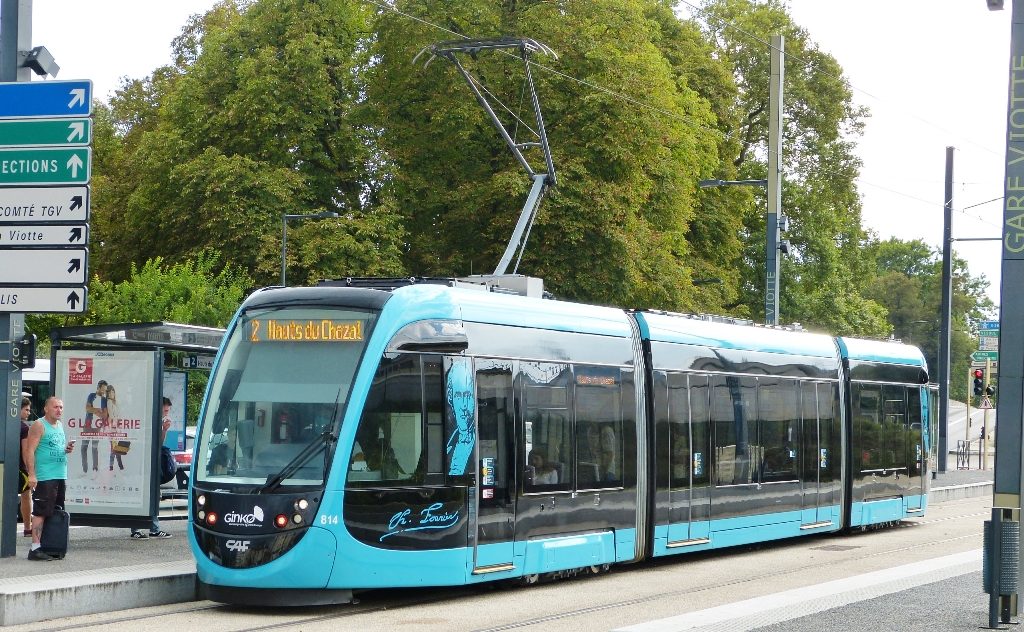
Picture gallery (please click to open):
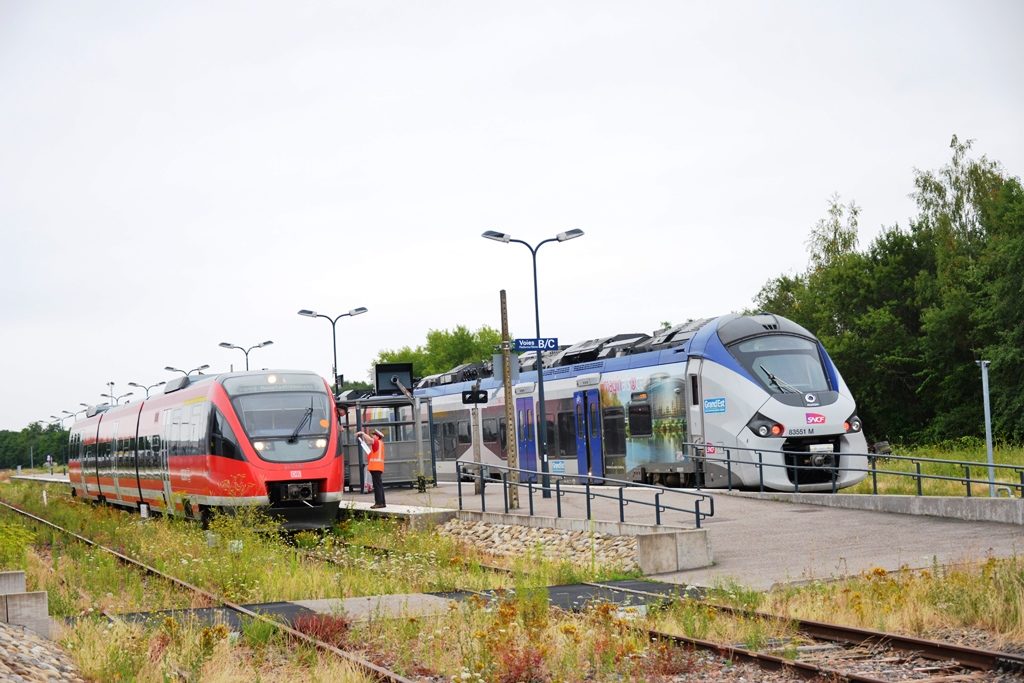
Border traffic between France and Germany will also be strengthened. A diesel talent from DB meets an Alstom Regiolis Polyvalent multi-system train in Wissembourg I © Thierry Leleu 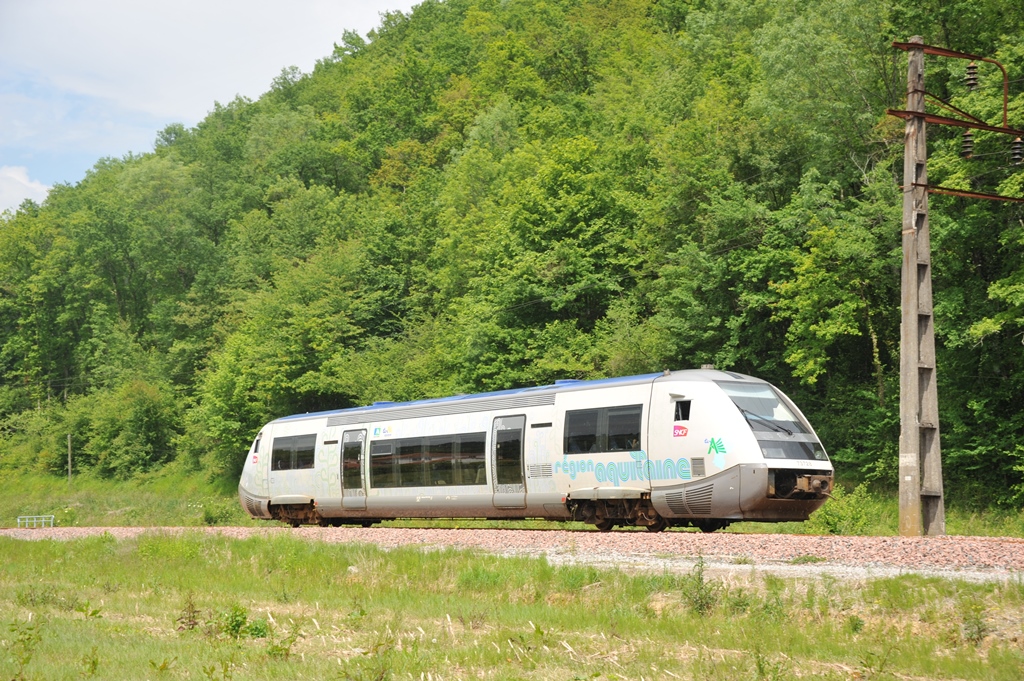
SNCF operates short one-car railcars on regional branch lines. Here an X 73500 of the Aquitaine region near Jurançon between Pau and Oloron I © Thierry Leleu 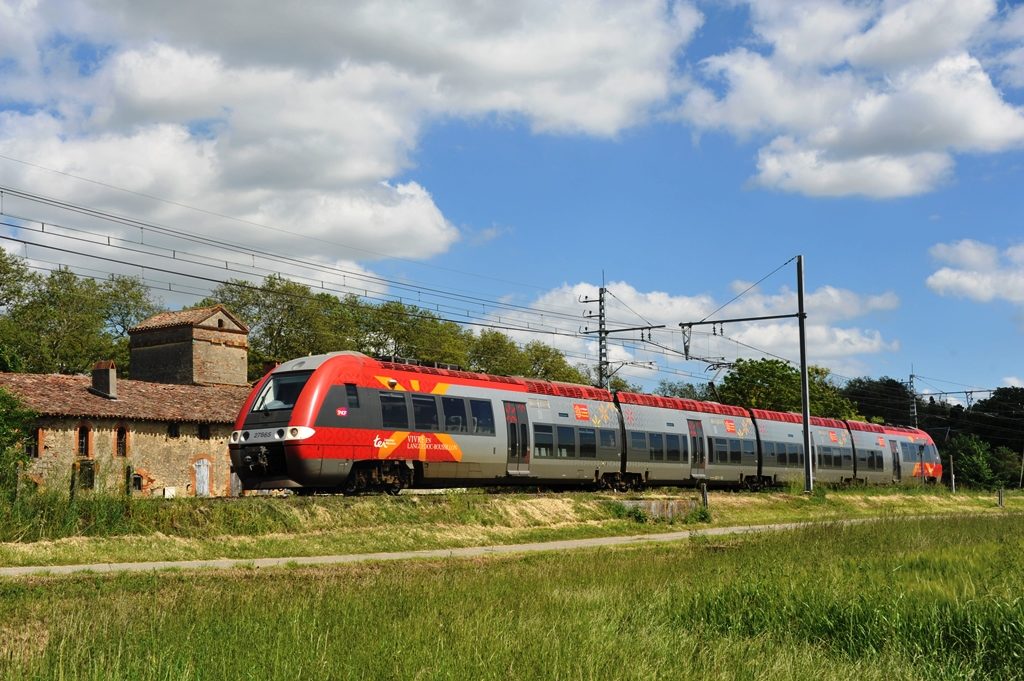
TER regional services outside Paris are almost exclusively operated with single-deck vehicles. A four-car Bombardier AGC in Villefranche de Lauragais on the Narbonne – Toulouse line I © Thierry Leleu
Thoughts on European cross-border commuter railways
The Nancy-Metz-Luxembourg border area (SarLorLux Euroregion) could also be of interest. The idea of the Basel-Mulhouse region in the border triangle between Switzerland, Germany and France is coming back to the table after the trains running between 1997 and 2008 from Mulhouse to the Swiss towns of Gelterkinden and Frick were abandoned on the French side and now end in Basel. There is also talk of the Basque coast, where until the 1970s the respective Spanish and French regional trains crossed the border to the next town in the neighbouring country, and where today a planned link to San Sebastian is being delayed due to the flagrant neglect of planned construction measures by the Spanish infrastructure operator ADIF. It is also surprising that there is no mention of cross-border SEM networks in the Figueres-Perpignan area of Catalonia and the French-Belgian border area around Valenciennes, Lille, Mons and Tournai. Between 1846 and 1984 there was a continuous regional line from Mons to Valenciennes, which is now used on the Belgian side as far as the border at Quiévrain; it could be revived as one of the first parts of this SEM.
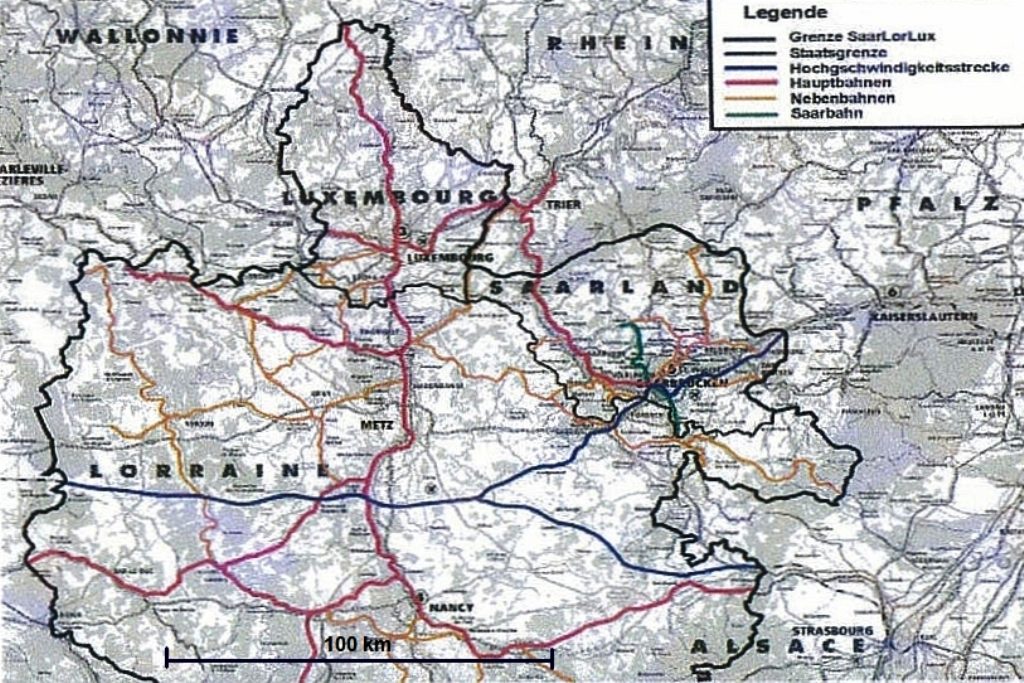
Picture gallery (please click to open):
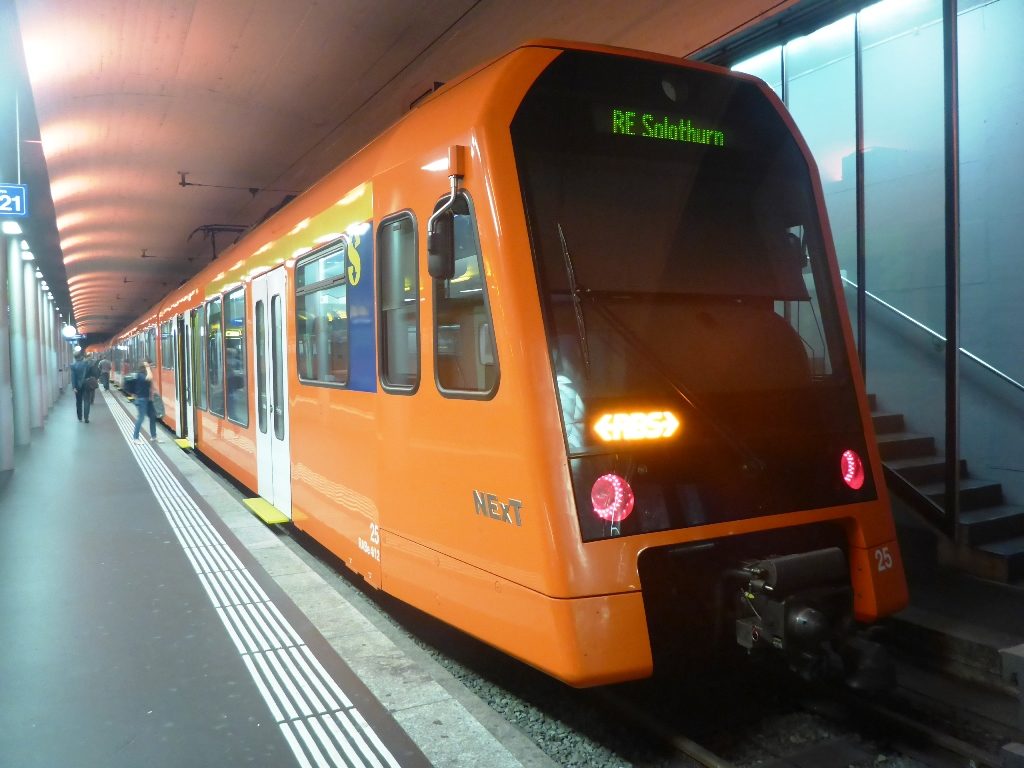
The fact that efficient S-Bahn traffic is also possible on metre-gauge lines is demonstrated by the example of Berne, where a large part of the S-Bahn network is operated by the metre-gauge RBS I © Reinhard Christeller 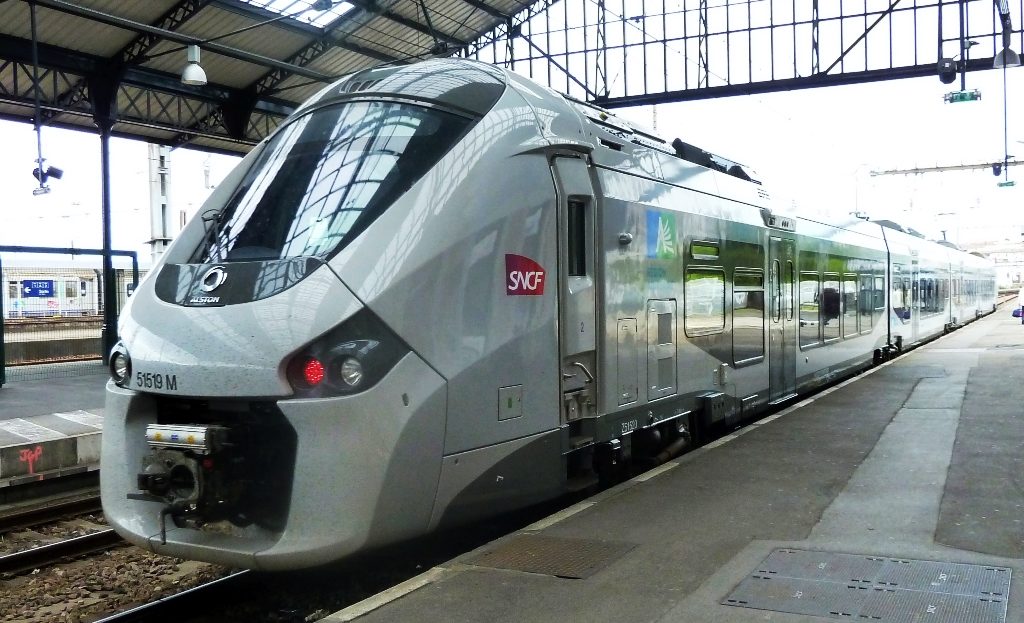
SNCF operates 361 modern single-decker regional trains of the Regiolis type in various configurations that differ from region to region I © Reinhard Christeller 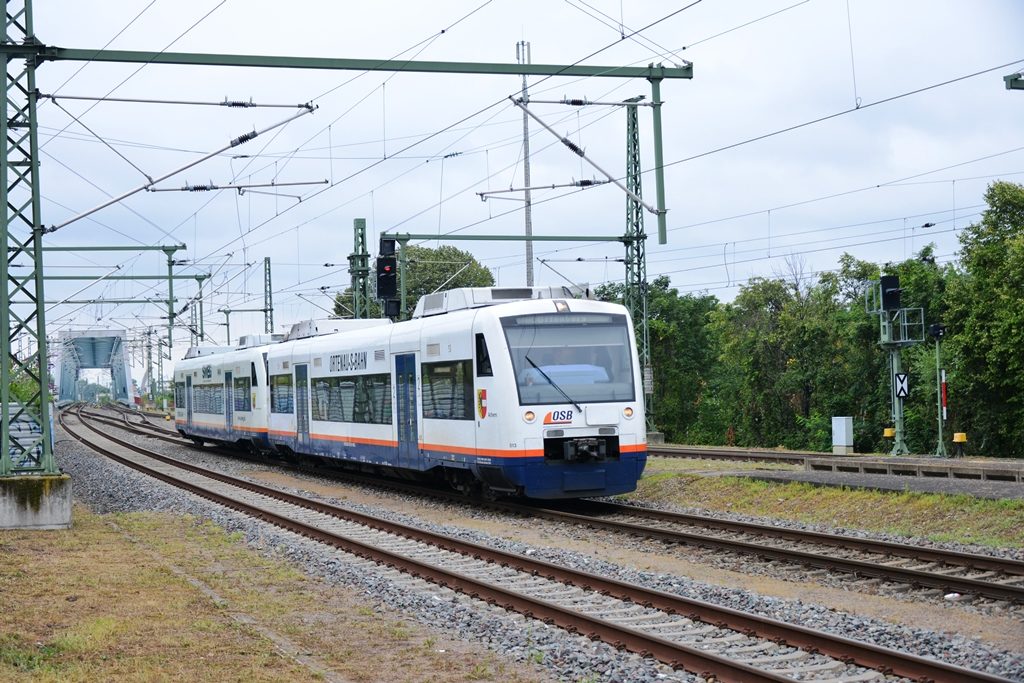
The diesel-powered Ortenau S-Bahn (OSB) is already running all the way to France. Two regional shuttles between Strasbourg and Kehl after crossing the Rhine in Kehl I © Thierry Leleu
Implementation
As these projects require an immense effort, particularly in financial terms, they will have to be carried out in stages, according to the SNCF, who is planning beyond 2030. The existing railway lines around the major cities do not currently have the capacity to accommodate SEMs, so major works would be necessary. As a first step, the French regions and major conurbations should quickly decide by 2022 on the level of service they wish to provide, in order to implement a coherent investment strategy combining the use of technical solutions and infrastructure development. The plan does not contain any figures on the necessary investment needs, but one could imagine that each agglomeration would incur costs in the order of one to three billion. An amount of €30 million is available for planning purposes. There is talk of a horizon of 2023 to 2024 for the implementation of the first works.
09.11.2020

The rail trunk systems, including those that need upgrades, represent the greatest opportunity (or opportunity cost) to increase cargo throughput in the real economy & “all that comes with that.” Start with very fast on-off transfers (RFID/IoT/AI) ROLL carts, including cold chain. Add to the trunk systems, low floor road vehicles for most efficient transfers to-from endless, large to small, smart cargo hubs,(including end users – B2B/B2C) for upstream unitization & downstream selectivity, visa-versa, including recycle where possible. Moving massive volumes of cargo off highways & urban roadways will also contribute massive revenues to the communities involved, at a much lower transport cost. The rail-feeder design concept will have a very positive impact on capital utility in the real economy & “all that comes with that.”
[…] Læs også her. […]
… [Trackback]
[…] Read More Infos here: urban-transport-magazine.com/en/rail-and-urban-transport-to-boost-frances-economy-and-reduce-environmental-impact/ […]